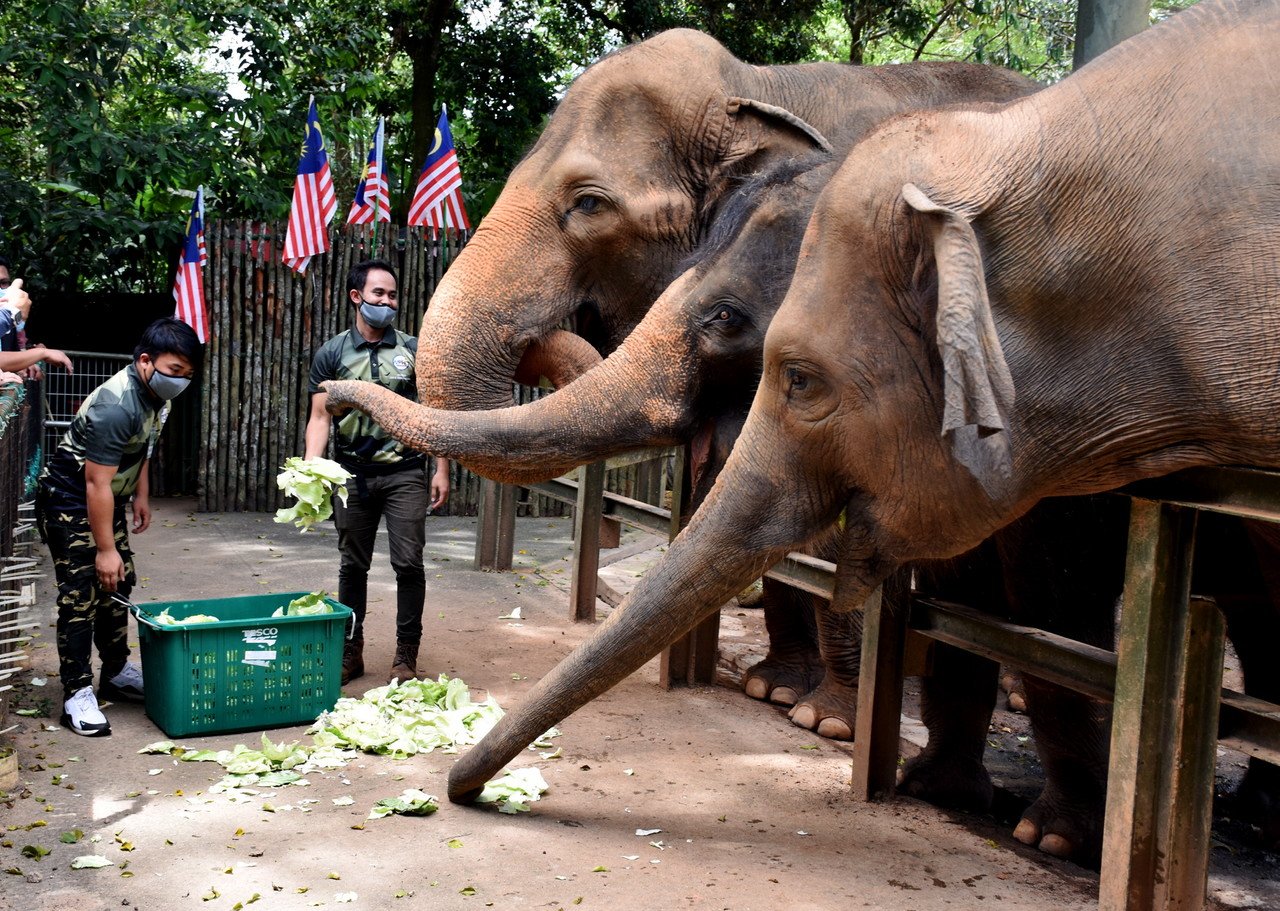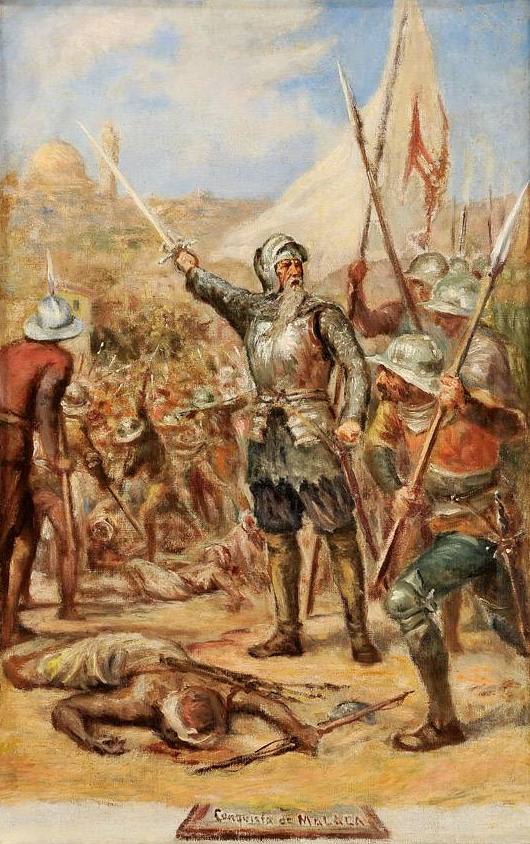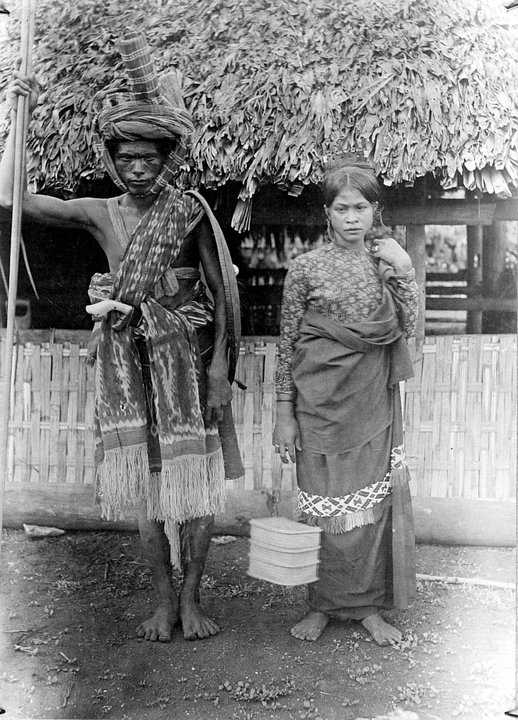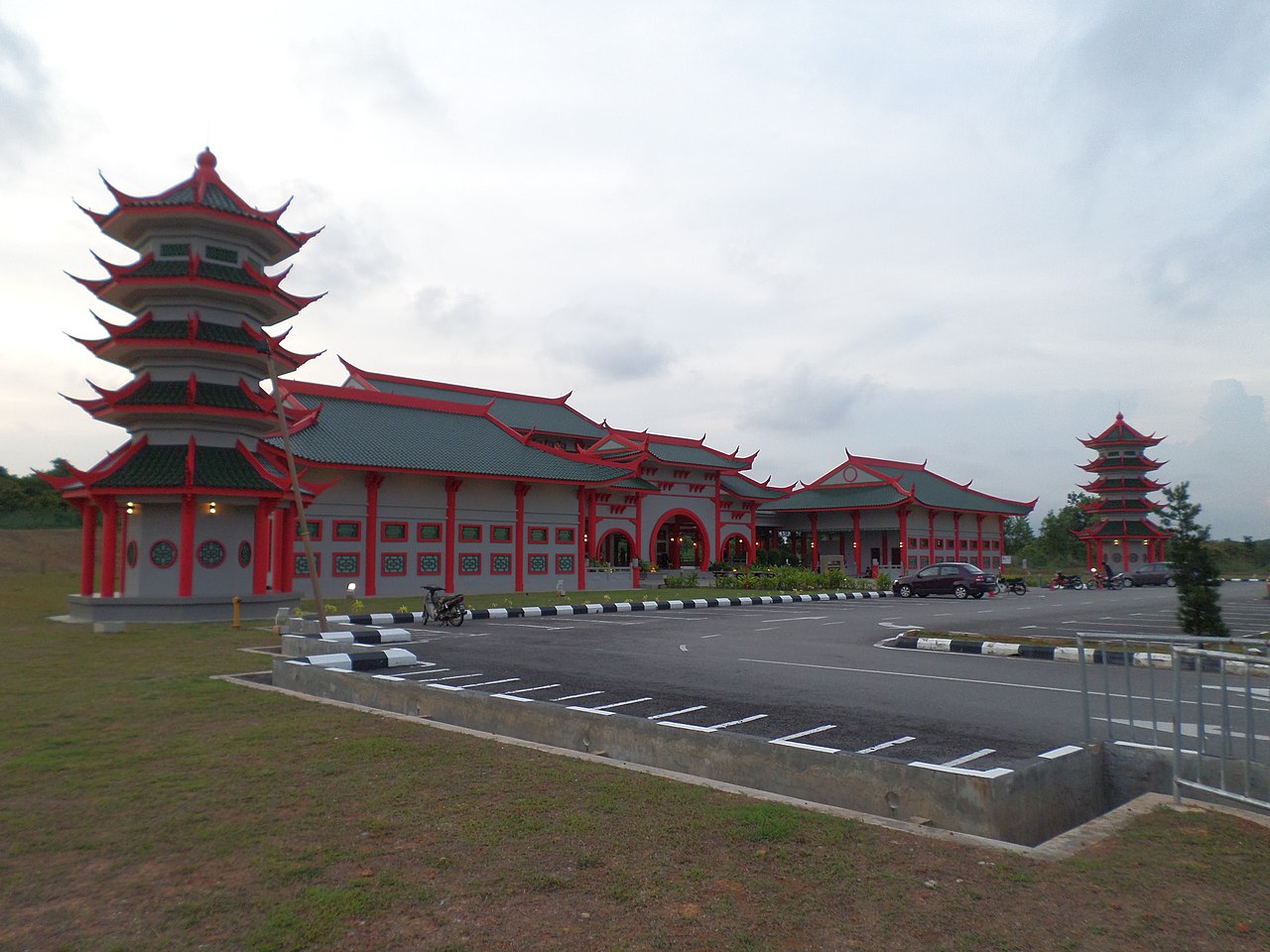
AsianOverland.net
Tour Guide - Itinerary
Asian Overland Sydney to London
Started 22/06/2022 Finished 21/06/2023365 Days ITINERARY
Day 349 date 05/06/2023SELANGOR to MALACCA, MALAYSIA
ASIANOVERLAND.NET SYDNEY TO LONDON DAY 349/53: MALACCA, MALAYSIA
Originally spoken in Northeast Sumatra, Malay has been the main language in the Indonesian archipelago and Malay Peninusla for over 500 years. Its ancestor, the Old Malay language, dates to the 7th century. Classical Malay emerged as the main language in the royal courts along both shores of the Strait of Malacca, including the Johor–Riau and Malaccan Sultanates.
By the early 16th century, Malacca was a focal point in an international trade network where Malay traders met Gujarati, Chinese, Japanese, Javanese, Bengali, Persian and Arabic traders, among others.
In April 1511, Portuguese Admiral Alfonso de Albuquerque sailed from Goa to Malacca with 1200 men and eighteen ships. Afonso explained to his armies why the Portuguese wanted to capture Malacca:
"The King of Portugal has often commanded me to go to the Straits, because...this was the best place to intercept the trade which the Moslems...carry on in these parts. So it was to do Our Lord's service that we were brought here; by taking Malacca, we would close the Straits so that never again would the Moslems be able to bring their spices by this route.... I am very sure that, if this Malacca trade is taken out of their hands, Cairo and Mecca will be completely lost."
The Portuguese conquered Malacca on 24 August 1511, notwithstanding the Sultan’s army of war elephants. Malacca was the richest city that the Portuguese conquered and colonised, having “invaluable richness”.
After seizing Malacca, Afonso de Albuquerque spared the Hindu, Chinese and Burmese, but massacred the Muslims or sold them into slavery.
Portuguese control of Malacca did not mean that the Portuguese controlled the Asian trade in the Straits of Malacca. Rather than achieving their ambition of dominating Asian trade, the Portuguese only disrupted the Asian trading network. The centralised port of exchange of Asian wealth had now gone, as was a Malay state to police the Straits of Malacca that made it safe for commercial traffic. Piracy increased and trade was scattered over many ports among bitter warfare in the Straits of Malacca.
The Dutch launched several attacks on the Portuguese colony of Malacca during the first four decades of the seventeenth century. The first attack was in 1606 under the command of Dutch Admiral Cornelis Matelief de Jonge, who laid siege to Malacca with the help of his Johor allies. He engaged the Portuguese armada which had been sent from Goa to offer armed relief to the besieged port. On 14 January 1641, the Dutch defeated the Portuguese in an effort to capture Malacca, again with the help of the Sultan of Johor. The Dutch ruled Malacca from 1641 to 1798, but did not develop it as a trading centre, placing greater importance on Batavia (Jakarta) and Java as their administrative centres. However they still built their landmark, better known as the Stadthuys.
Malacca was ceded by the Dutch to the British in the Anglo-Dutch Treaty of 1824 in exchange for Bencoolen on Sumatra. From 1824 to 1942, Malacca was under the rule of the British, first by the British East India Company, then as a crown colony. It subsequently formed part of the Straits Settlements, together with Singapore and Penang.
Malacca was under the brutal occupation of the Empire of Japan from 1942–1945 during World War II.
After the dissolution of the British crown colony and the Straits Settlements, Malacca and Penang became part of the Malayan Union on 1 April 1946, which later became the Federation of Malaya on 1 February 1948.
A declaration of independence was made by the first Prime Minister of Malaya, Tunku Abdul Rahman, on 20 February 1956, leading to the independence of Malaya on 31 August 1957. On 16 September 1963, Malaysia was formed with the merger of Malaya (including Malacca) with Sabah, Sarawak and Singapore (which was "expelled" from Malaysia and declared independence two years later).
Before European colonisation, Malacca was mostly rainforest and home to many indigenous animals, including elephants, orangtan and tigers. Nowadays, the Malacca Zoo houses captive orangutan, elephants and tigers, but recent campaigns have tried to prevent or limit the abuse of these captive animals.
© This work is copyright. Apart from any use permitted under the Copyright Act 1968, no part may be reproduced by any process, nor may any other exclusive right be exercised, without the permission of Peter Searle, peter@portseavillageresort.com; 1980-2024.
Website built by Justin O’Dea www.webdeveloperdocklands.com.au



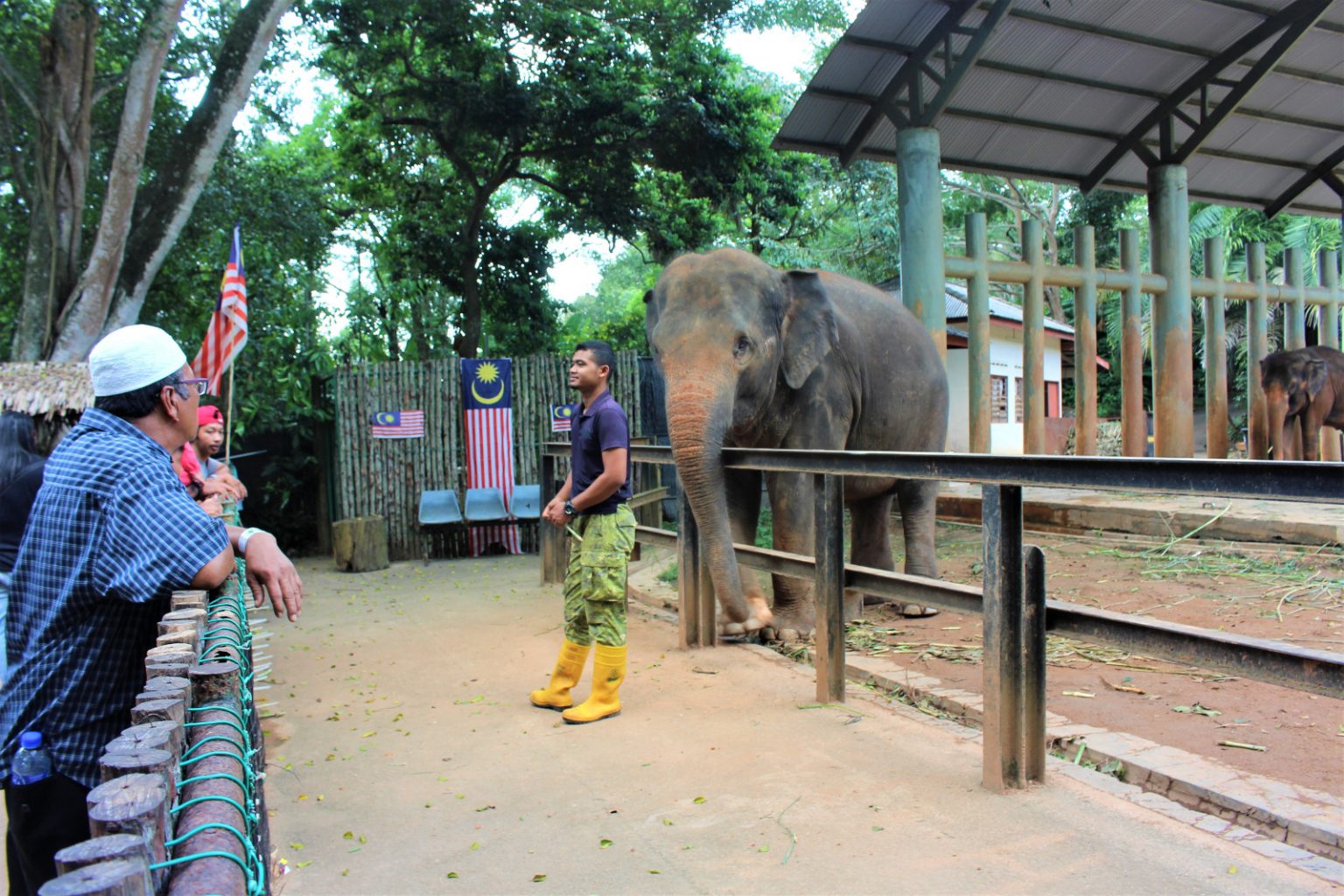
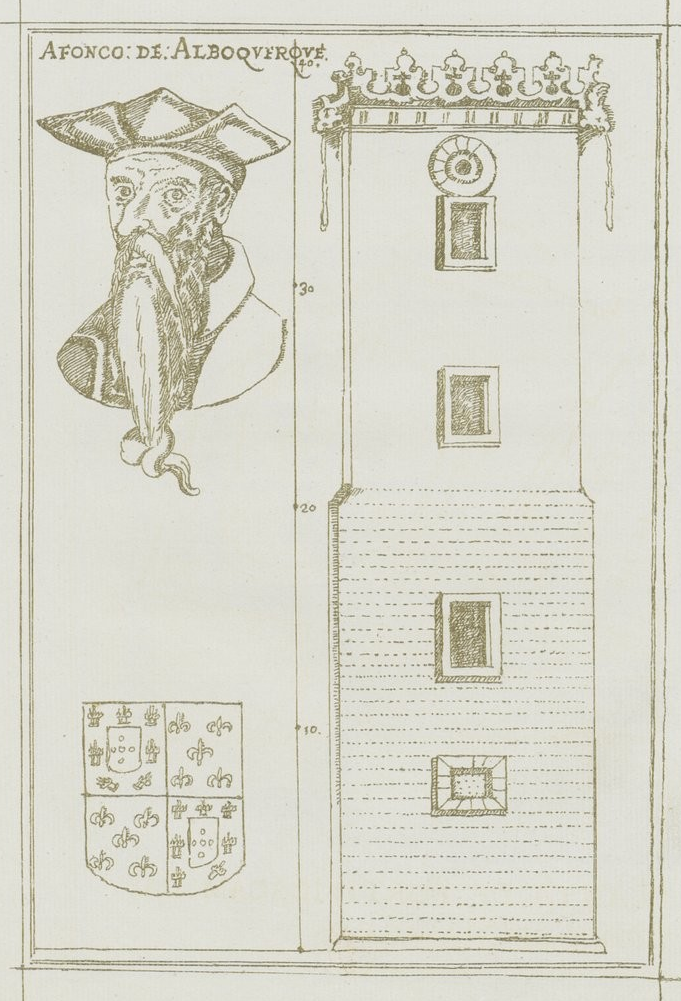
_(14580981259).jpg)
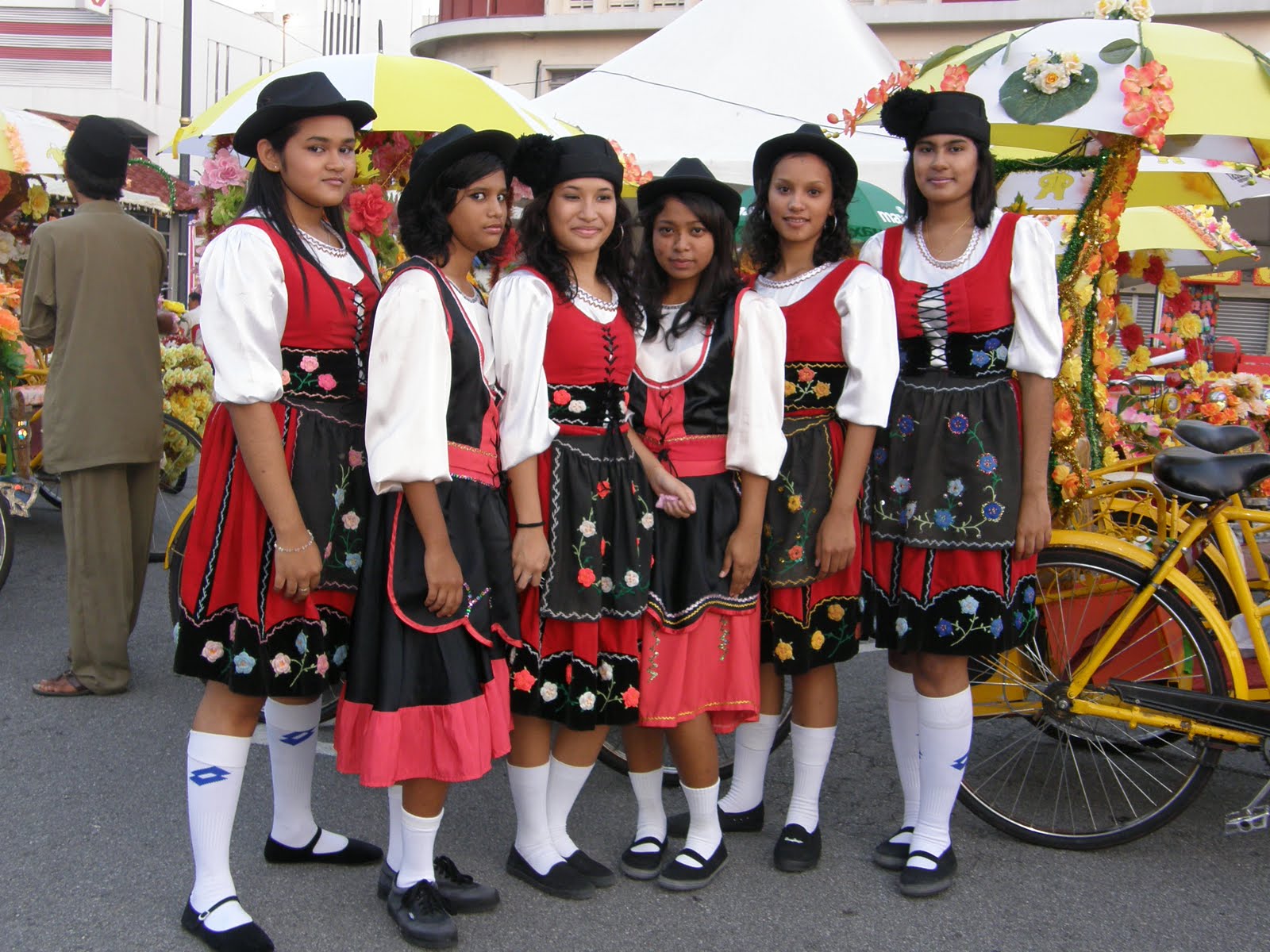
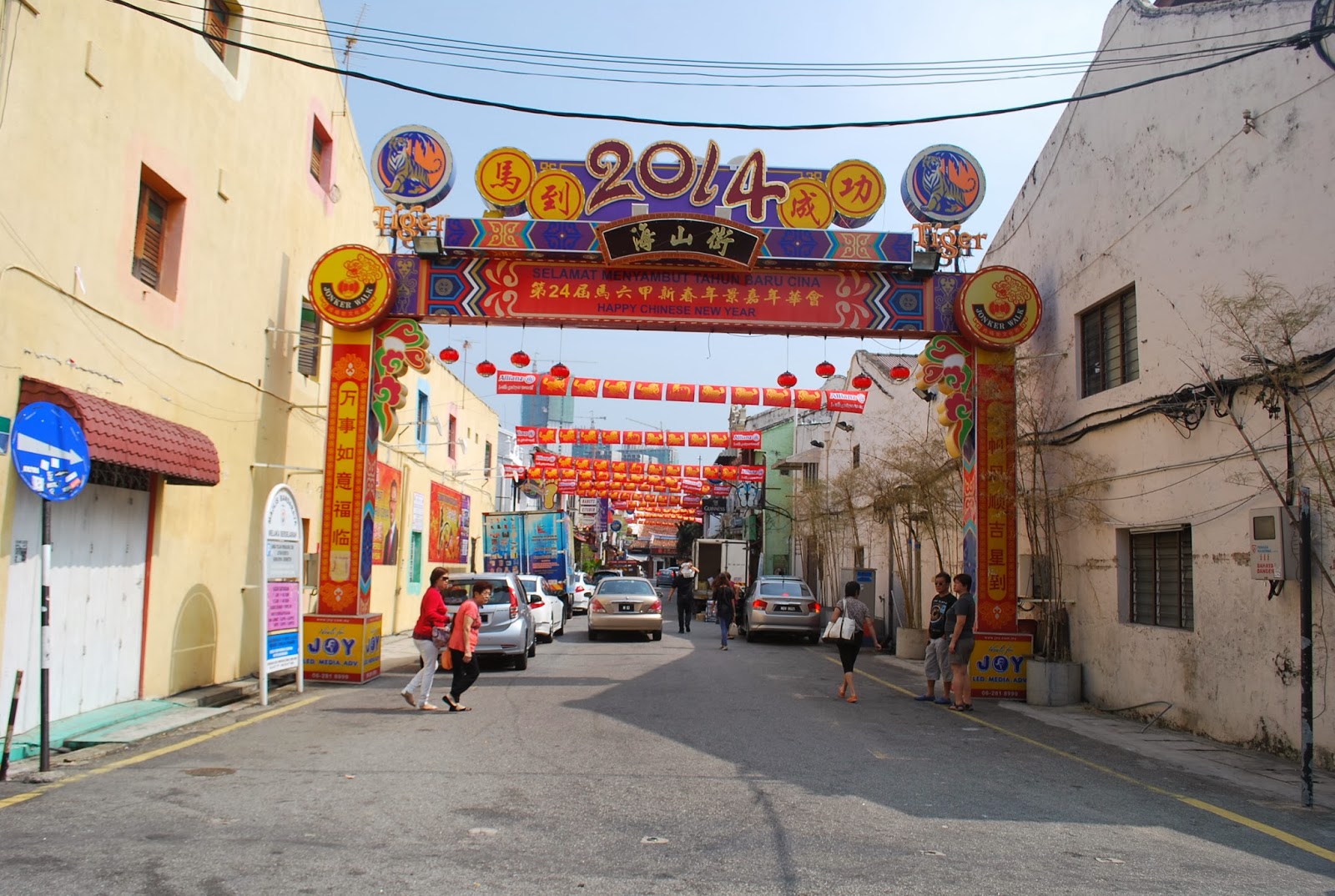
.jpg)
